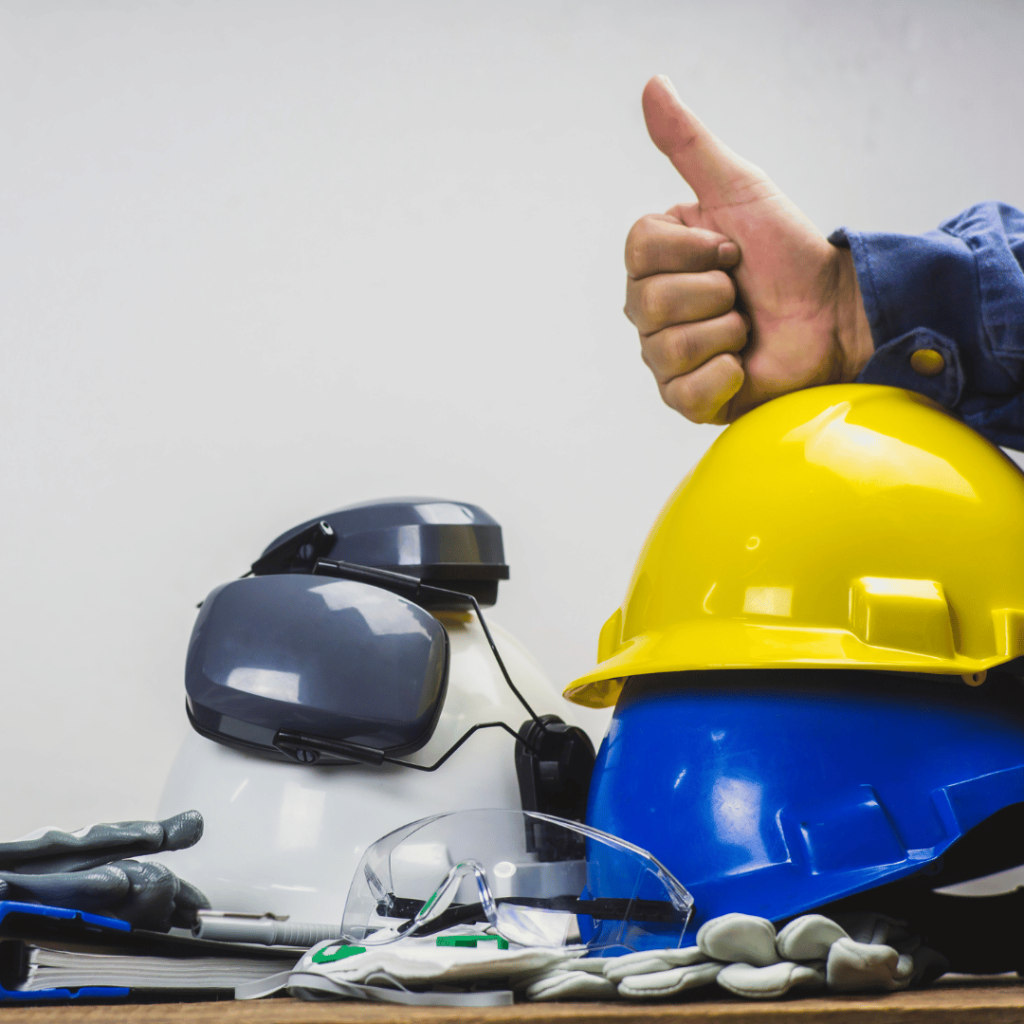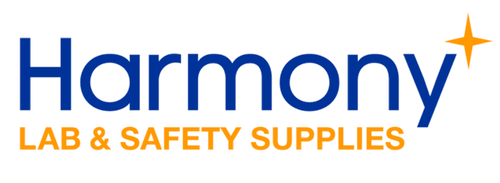Who is Responsible for Training Workers on the Use of PPE?
Personal Protective Equipment (PPE) ensures worker safety across various industries. Equally important is the appropriate training to use this equipment.
But who exactly shoulders the responsibility of this training?
This article will explore the roles of employers, managers, health and safety personnel, third-party consultants, regulatory bodies, and even employees in the PPE training process.

The Necessity of PPE Training in Different Industries
PPE is used across a broad spectrum of industries.
Medical professionals use face masks and gloves, construction workers wear hard hats and high-visibility jackets, and factory workers might require hearing protection.
The specifics of PPE training often vary depending on the industry, but what remains constant is the crucial role it plays in ensuring safety and reducing workplace accidents.
Detailed Overview of PPE and Its Importance
PPE comprises numerous items designed to protect workers from health or safety hazards, from safety goggles to respirators. However, these devices can do more harm than good without proper training.
Improper usage or incorrectly worn PPE can lead to a false sense of security and accidents or injuries. Hence, appropriate training in the usage of PPE becomes paramount.
Identifying the Key Players in PPE Training
The responsibility of PPE training lies with several entities. First and foremost, employers bear the primary responsibility. They must ensure that PPE training is provided and that these training sessions are regularly updated and monitored.
The health and safety department or personnel within an organization play a significant role in administering this training. They often develop training programs in line with industry standards and guidelines.
Third-party trainers and consultants also factor into this equation. Organizations may call upon their expertise to provide comprehensive training and meet all safety regulations.
Lastly, regulatory bodies like OSHA (Occupational Safety and Health Administration) in the US play a significant role. They set the standards and guidelines for PPE usage and training, which employers must follow.
The Role of the Employee in PPE Training
Employees, too, carry a certain level of responsibility in this process. They must participate in these training sessions, understand the correct usage of PPE, and adhere to the guidelines. Failing to do so can lead to accidents, injuries, or even legal consequences.
Best Practices for Effective PPE Training
Effective PPE training should be comprehensive, practical, and interactive. It mustn’t be limited to theoretical knowledge. Workers need to physically handle the equipment, learn to wear it correctly, and understand how to maintain it.
Additionally, training should be ongoing. New workers need to be trained, and existing workers need refreshers, especially when new equipment is introduced or when standards and regulations change.
Conclusion
To conclude, the responsibility of PPE training is a shared one.
It requires cooperation and commitment from employers, managers, health and safety personnel, external trainers, regulatory bodies, and workers.
Continuous, effective training is a cornerstone of a safe working environment and should be prioritized by all parties.
